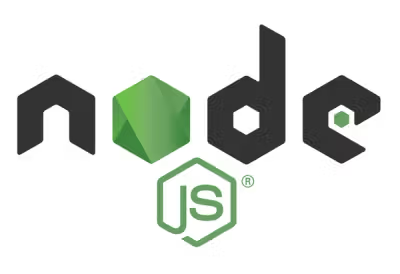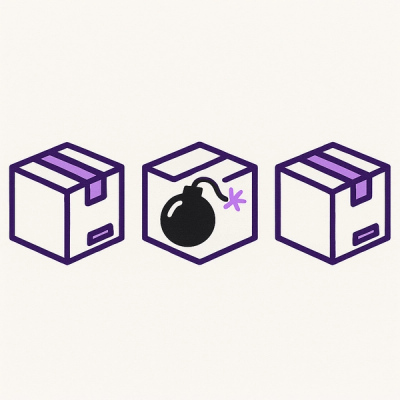deck.gl
A WebGL overlay suite for React providing a set of highly performant
data visualization overlays.

Design goals:
- Provide overlays that plug directly into react-map-gl's overlay model,
enabling overlays to work on maps.
- Provide highly performant data visualization overlays in 2 and 3 dimensions.
- Provide tested, highly performant layers for basic data visualization
use cases, scatterplots, choropleths etc.
- Allows easy creation of custom WebGL layers by subclassing
Layer.
- Support efficient WebGL rendering in "data flow architecture" applications
(i.e. React).
- Special focus on buffer management, allowing both automatic buffer updates
but also full application control of buffer allocation and management
Features:
- Web Mercator projections are handled in shader on GPU. No projections are
done in JavaScript (unless needed for a uniform calculation or reverse
projection of e.g. picked coordinate etc). Specify your lat,lon once and
never touch it again.
- Can accept data stored in any ES6 container
(supporting [Symbol.iterator] iteration).
- Automatic and manual WebGL buffer management to support.
Installation
npm install --save deck.gl
## Usage
import {
DeckGLOverlay,
/* import layers here */
} from 'deck.gl';
const mapState = {
latitude: 37.55,
longitude: -122.2,
zoom: 9,
...
}
<DeckGLOverlay
width={1920}
height={1080}
mapState={mapState}, // optional
layers={[/* put layer instances here */]}
/>
---
## Example
npm run start
Note: Building deck.gl (not importing) has a dependency on node
version 0.12 or higher. If you use an older version, you can install
a node version manager like nvm and use a separate shell to install
and build deck.gl
npm install -g nvm && nvm install 0.12 && nvm use 0.12
Data source
https://data.sfgov.org/




